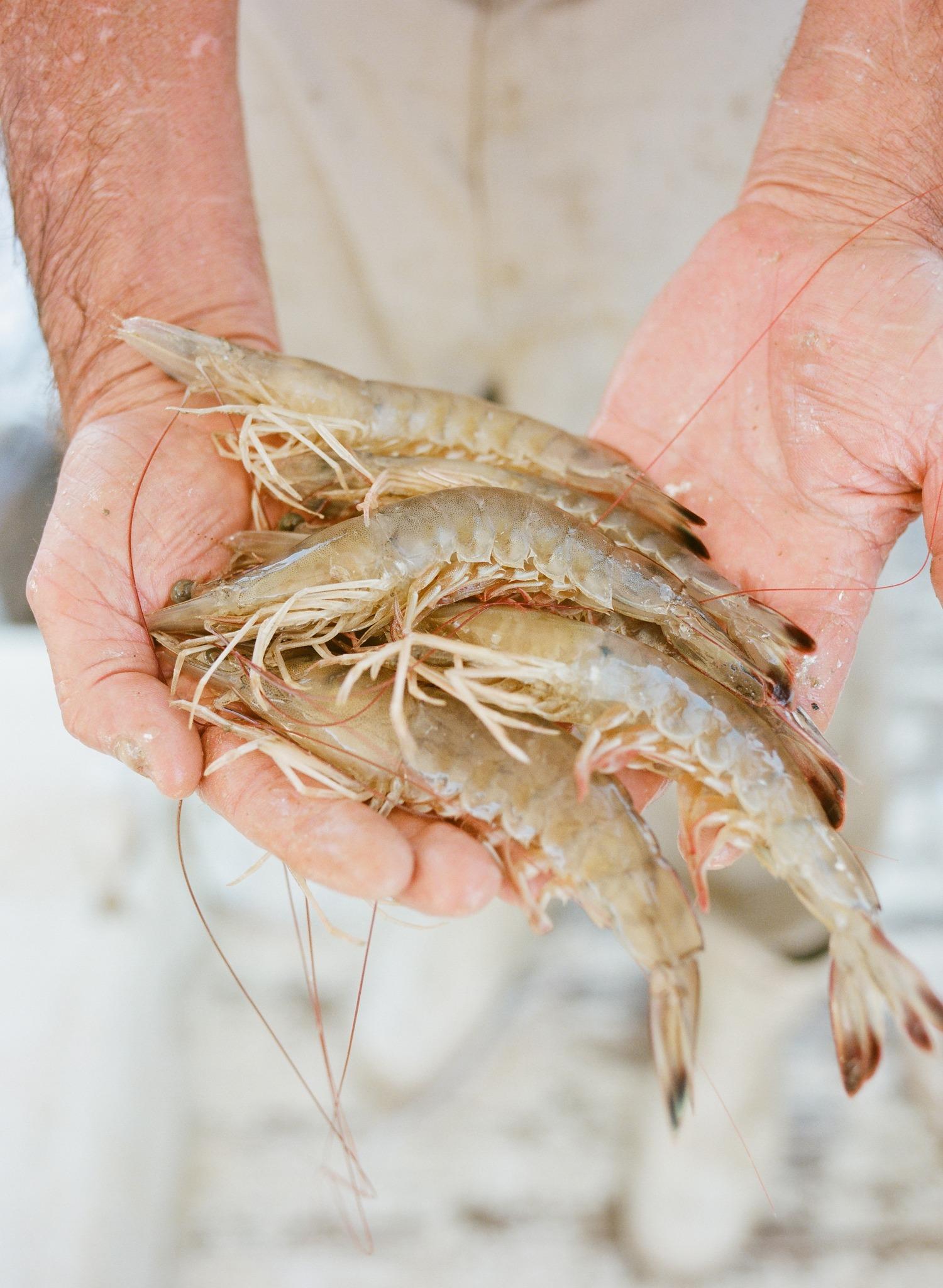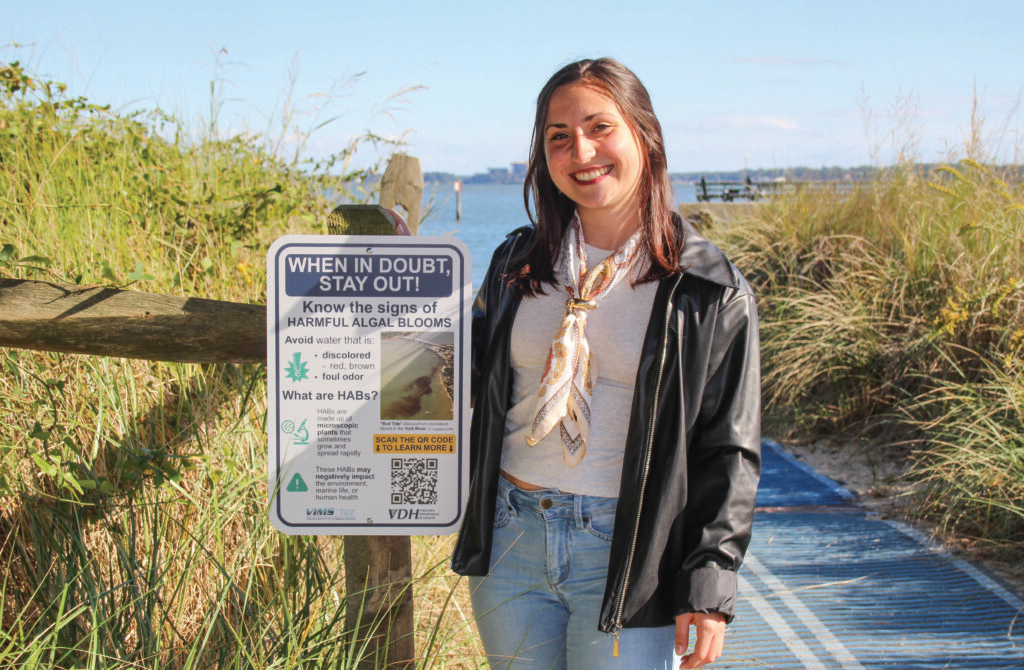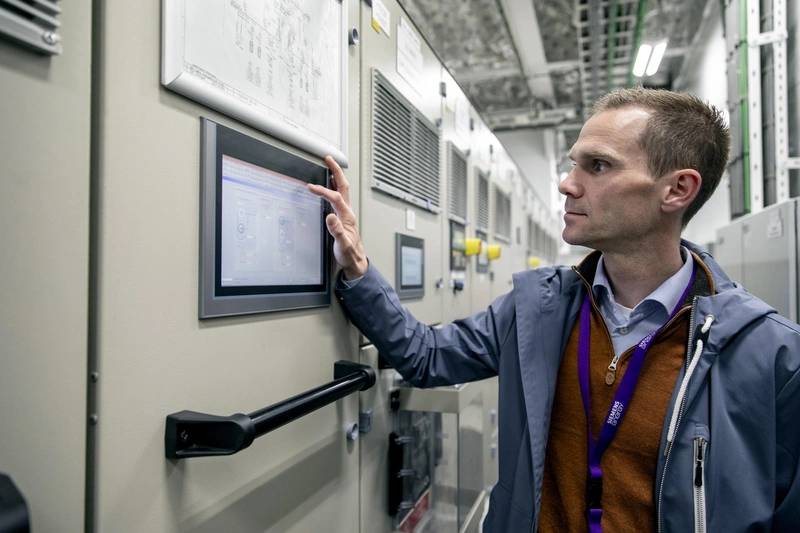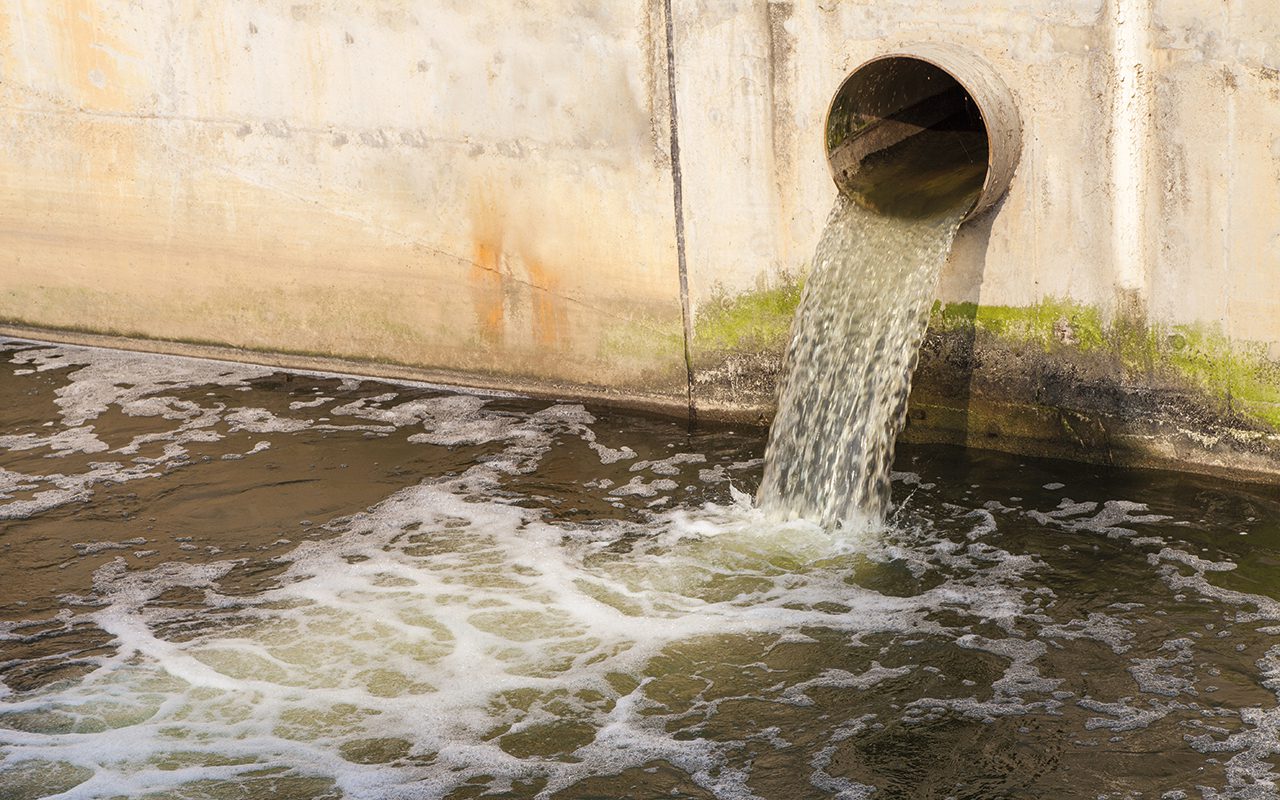Report on the Socio-Environmental Challenges and Sustainable Development in the Sundarbans
1.0 Introduction: An Ecosystem at a Crossroads
The Sundarbans, the world’s largest mangrove forest, is a critical ecosystem supporting immense biodiversity and a population of 7.2 million people. This region faces a confluence of historical marginalization and severe climate change impacts, posing significant threats to the achievement of multiple Sustainable Development Goals (SDGs). The livelihoods, food security, and very existence of its inhabitants, predominantly from historically oppressed Dalit and Adivasi communities, are at risk. This report analyzes these challenges through the lens of the SDGs, highlighting the urgent need for inclusive and sustainable solutions.
2.0 Historical Context and Social Inequality
2.1 Marginalization and SDG 10 (Reduced Inequalities)
The demographic composition of the Sundarbans is primarily comprised of Dalit and Adivasi communities, who have a long history of displacement and discrimination. This historical context is crucial to understanding the current vulnerabilities and directly relates to the objectives of SDG 10.
- Forced Relocation: Adivasi communities were forcibly relocated by British and colonial-era landlords to clear the forests, establishing a legacy of dispossession.
- Caste Discrimination: Dalit communities have faced systemic discrimination and atrocities, which continue to impact their socio-economic status.
- Invisibility in Policy: Despite their centuries-long role in adapting to and protecting the mangrove ecosystem, these communities are often overlooked in conservation frameworks that prioritize wildlife over human rights, undermining efforts for equitable development.
3.0 Climate Change Impacts and Threats to Core SDGs
3.1 Climate Action, Land, and Water (SDG 13, SDG 15, SDG 6)
Climate change is the primary driver of environmental degradation in the Sundarbans, creating a cascade of negative effects that jeopardize several SDGs.
- Sea-Level Rise and Land Loss: Since the 1960s, approximately 210 sq km of land has been lost to rising sea levels, directly threatening human settlements and ecosystems. This erosion undermines SDG 15 (Life on Land) by destroying vital mangrove habitats.
- Water Salinization: The intrusion of saltwater into freshwater sources contaminates drinking water and agricultural land, creating a direct challenge to SDG 6 (Clean Water and Sanitation).
- Extreme Weather Events: The increasing frequency and intensity of cyclones, such as Aila (2009) and Amphan (2020), cause widespread devastation. The failure of protective embankments exacerbates flooding, leading to loss of life, property, and livelihoods, demonstrating a critical need for progress on SDG 13 (Climate Action).
4.0 Livelihood Security and Economic Challenges
4.1 Agriculture and Food Security (SDG 2: Zero Hunger)
Traditional agriculture, a cornerstone of the local economy, is becoming increasingly untenable, leading to heightened food insecurity and threatening SDG 2.
- Farmers report that rising soil and water salinity has ruined crops like rice and vegetables, drastically reducing yields.
- The changing soil composition, now muddier due to salt content, further impedes cultivation.
- The loss of agricultural productivity damages local livelihoods and compromises regional food security.
4.2 Fisheries and Marine Ecosystems (SDG 14: Life Below Water & SDG 8: Decent Work)
The fishing sector, another primary source of income, faces a multitude of pressures that impact both the marine environment and the economic well-being of the community.
- Competition and Overfishing: A sharp increase in industrial trawlers has depleted fish stocks, reducing the catch for small-scale fishers from a potential 100 kg per season to as little as 25 kg. This directly impacts SDG 14 by threatening sustainable fish populations.
- Habitat Destruction: The clearing of mangroves for commercial shrimp and crab aquaculture weakens natural coastal defenses and destroys fish breeding grounds.
- Conservation Conflicts: Restrictions within the Sundarbans Tiger Reserve limit small-scale fishing to a small buffer zone, creating conflict between conservation goals and the livelihood needs central to SDG 8.
- Lack of Institutional Support: Fishers report not receiving promised government welfare funds during the annual two-month fishing ban, exacerbating economic hardship.
- Gender Inequality (SDG 5: Gender Equality): Women constitute a significant portion of the workforce but remain under-represented in labor discussions and decision-making processes.
5.0 Governance, Resilience, and a Path Forward
5.1 Community Action and Institutional Accountability (SDG 16: Peace, Justice and Strong Institutions)
In response to systemic failures and climate disasters, grassroots movements have emerged to advocate for community rights. Local groups are demanding accountability and protesting against corruption and delays in the processing of fishing licenses. This push for transparent and inclusive governance is a core tenet of SDG 16.
5.2 Recommendations for Sustainable Development
Local communities express a strong desire to remain in their ancestral lands and reject top-down “managed retreat” proposals. They advocate for a development model that integrates their knowledge and participation. Achieving the SDGs in the Sundarbans requires:
- Inclusion in Decision-Making: Fisherfolk, farmers, and other local stakeholders must be actively involved in the planning and implementation of all conservation and climate adaptation projects.
- Recognition of Indigenous Knowledge: The traditional ecological knowledge of the Dalit and Adivasi communities should be integrated into resource management strategies to ensure their effectiveness and sustainability.
- Investment in Resilient Infrastructure: Urgent action is needed to build and maintain robust embankments and other protective infrastructure in consultation with local residents.
- Support for Sustainable Livelihoods: Economic alternatives and support systems must be developed to help communities adapt to the changing environment, ensuring progress towards SDG 1 (No Poverty) and SDG 8 (Decent Work and Economic Growth).
Analysis of SDGs in the Sundarbans Article
1. Which SDGs are addressed or connected to the issues highlighted in the article?
-
SDG 1: No Poverty
The article highlights how climate change and environmental degradation threaten the primary livelihoods of the Sundarbans’ population, namely fishing and agriculture. The loss of land, reduced crop yields, and declining fish catches directly impact income, pushing vulnerable communities further into poverty. The failure of government welfare schemes for fishers during the annual ban also exacerbates economic hardship.
-
SDG 2: Zero Hunger
Food insecurity is explicitly mentioned as a growing problem. The article states that salinization of water and soil “ruins our crops,” making it harder to grow traditional foods like rice and vegetables. The significant reduction in fish catches also diminishes a critical food source for the local population.
-
SDG 5: Gender Equality
The article points to gender inequality within the fishing community, noting that women “make up half of the workforce, if not more, but remain under-represented in labour discussions, collective bargaining efforts or are represented tokenistically for political gains.” This highlights a lack of voice and power for women in their own livelihood sector.
-
SDG 8: Decent Work and Economic Growth
The livelihoods of farmers and fishers are becoming increasingly precarious and less productive due to climate change and over-exploitation. The article describes a 75% reduction in fish catch for one fisher and the challenges of farming, indicating a decline in decent work opportunities and sustainable economic activity for the local population.
-
SDG 10: Reduced Inequalities
The article focuses heavily on the marginalization of Dalit and Adivasi communities, who form the majority of the population. It describes their history of dispossession and ongoing discrimination, and how they “remain largely invisible in conservation frameworks that prioritise wildlife over human rights,” pointing to deep-seated inequalities.
-
SDG 11: Sustainable Cities and Communities
The vulnerability of human settlements in the Sundarbans is a central theme. The article details the devastating impact of cyclones and flooding, the destruction of protective embankments, and the failure of government projects to rebuild this critical infrastructure, making communities less safe and resilient.
-
SDG 13: Climate Action
The entire article is framed around the impacts of climate change. It discusses rising sea levels, more frequent and destructive cyclones, flooding, and salinization as direct consequences of a changing climate. It also emphasizes the need for adaptation and building climate resilience through community involvement.
-
SDG 14: Life Below Water
The article addresses the health of marine and coastal ecosystems. It discusses the loss of mangroves for aquaculture, the sharp increase in trawlers leading to reduced fish catches for small-scale fishers, and the conflict over fishing rights in protected areas, all of which relate to the sustainable management of marine resources.
-
SDG 15: Life on Land
The degradation of the Sundarbans mangrove forest, a critical terrestrial ecosystem, is a key issue. The article mentions that “mangroves are still being lost due to a variety of factors including climate change and overexploitation,” which impacts both biodiversity and the resilience of the coastline.
-
SDG 16: Peace, Justice and Strong Institutions
The article points to failures in governance and institutions. This includes the incompletion of the embankment project, the non-delivery of welfare funds to fishers, corruption and delays in licensing, and conservation policies that exclude local communities. The rise of grassroots movements demanding rights and inclusion highlights a call for more just, accountable, and participatory institutions.
2. What specific targets under those SDGs can be identified based on the article’s content?
- Target 1.5: Build the resilience of the poor and those in vulnerable situations and reduce their exposure and vulnerability to climate-related extreme events and other economic, social and environmental shocks and disasters. (Evidenced by the community’s vulnerability to cyclones and floods and the failure of protective embankments).
- Target 2.4: Ensure sustainable food production systems and implement resilient agricultural practices that increase productivity and production, that help maintain ecosystems, that strengthen capacity for adaptation to climate change, extreme weather, drought, flooding and other disasters and that progressively improve land and soil quality. (Evidenced by farmers’ struggles with saline water ruining crops and making soil too muddy for cultivation).
- Target 5.5: Ensure women’s full and effective participation and equal opportunities for leadership at all levels of decision-making in political, economic and public life. (Evidenced by the statement that women fish workers are under-represented in labor discussions and collective bargaining).
- Target 10.2: By 2030, empower and promote the social, economic and political inclusion of all, irrespective of age, sex, disability, race, ethnicity, origin, religion or economic or other status. (Evidenced by the description of Dalit and Adivasi communities being historically oppressed and remaining “largely invisible in conservation frameworks”).
- Target 11.5: By 2030, significantly reduce the number of deaths and the number of people affected and substantially decrease the direct economic losses relative to global gross domestic product caused by disasters, including water-related disasters, with a focus on protecting the poor and people in vulnerable situations. (Evidenced by the mention of 250 deaths from Cyclone Amphan and annual economic losses of INR 6.7 billion from ecosystem degradation).
- Target 13.1: Strengthen resilience and adaptive capacity to climate-related hazards and natural disasters in all countries. (Evidenced by the entire article’s focus on the impacts of cyclones, rising seas, and the community’s struggle to adapt).
- Target 14.2: By 2020, sustainably manage and protect marine and coastal ecosystems to avoid significant adverse impacts, including by strengthening their resilience, and take action for their restoration in order to achieve healthy and productive oceans. (Evidenced by the clearing of mangroves for aquaculture, which weakens coastal defenses).
- Target 14.4: By 2020, effectively regulate harvesting and end overfishing, illegal, unreported and unregulated fishing and destructive fishing practices. (Evidenced by small-scale fishers reporting a sharp increase in trawlers and a drastic reduction in their catch).
- Target 14.b: Provide access for small-scale artisanal fishers to marine resources and markets. (Evidenced by the restrictions placed on small-scale fishers, who are only allowed to operate in the buffer zone of the Sundarbans Tiger Reserve).
- Target 15.1: By 2020, ensure the conservation, restoration and sustainable use of terrestrial and inland freshwater ecosystems and their services, in particular forests, wetlands, mountains and drylands. (Evidenced by the statement that “mangroves are still being lost due to a variety of factors including climate change and overexploitation”).
- Target 16.7: Ensure responsive, inclusive, participatory and representative decision-making at all levels. (Evidenced by the call from local communities that “fisherfolk and farmers should be involved in restorative actions planned for the region” and that efforts will fail until “Indigenous and local knowledge… is taken into account”).
3. Are there any indicators mentioned or implied in the article that can be used to measure progress towards the identified targets?
Yes, the article provides several quantitative and qualitative indicators:
- Area of land lost: “Since the 1960s, 210 sq km of Sundarbans land has been lost to the rising sea.” This is a direct indicator of the impact of climate change (SDG 13) and the degradation of coastal ecosystems (SDG 14, 15).
- Economic losses from disasters: “Ecosystem degradation and biodiversity loss costs INR 6.7 billion (USD 147 million) per year, equivalent to 5% of the region’s GDP in 2009.” This measures the economic impact of environmental damage (SDG 11.5).
- Human cost of disasters: “When the more intense Cyclone Amphan hit in 2020, the region was once again devastated. Some 250 people died.” This is a direct indicator for disaster impact reduction (SDG 11.5).
- Infrastructure failure: After Cyclone Aila destroyed 778 km of embankments, “10 years later only 15% of the project had been completed.” This indicates a failure of institutional response and infrastructure development (SDG 11, 16).
- Decline in livelihood productivity: A fisher’s catch has been reduced from “100 kg of fish in a season” to “lucky if it’s even 25 kg.” This is a clear indicator of declining fish stocks and threats to livelihoods (SDG 8, 14).
- Level of social mobilization: “Across West Bengal, 8,000 small-scale fishworkers organised a protest against repressions by local governance bodies.” This indicates the level of dissatisfaction and the demand for more inclusive institutions (SDG 16.7).
- Qualitative indicator of food insecurity: Farmers’ statements that “the water has become saline. It ruins our crops” and that growing traditional crops becomes harder “each year” serve as qualitative evidence of threats to food production (SDG 2).
- Qualitative indicator of inequality: The description of women fish workers being “under-represented in labour discussions” is an indicator for measuring progress towards gender equality in economic life (SDG 5.5).
4. Table of SDGs, Targets, and Indicators
| SDGs | Targets | Indicators Identified in the Article |
|---|---|---|
| SDG 1: No Poverty | 1.5: Build resilience of the poor to climate-related events. | Local communities losing land and livelihoods (fishing, agriculture) to cyclones, flooding, and salinization; lack of government welfare support for fishers. |
| SDG 2: Zero Hunger | 2.4: Ensure sustainable and resilient food production. | Reports of saline water ruining rice and vegetable crops, leading to food insecurity; soil becoming too muddy for cultivation. |
| SDG 5: Gender Equality | 5.5: Ensure women’s full and effective participation in decision-making. | Women fish workers are under-represented in labor discussions and collective bargaining efforts despite making up half the workforce. |
| SDG 10: Reduced Inequalities | 10.2: Promote social, economic, and political inclusion of all. | Dalit and Adivasi communities are historically marginalized and remain “largely invisible in conservation frameworks.” |
| SDG 11: Sustainable Cities and Communities | 11.5: Reduce deaths and economic losses from disasters. | – 250 people died in Cyclone Amphan (2020). – 778 km of embankments destroyed by Cyclone Aila (2009). – Economic losses of INR 6.7 billion per year. |
| SDG 13: Climate Action | 13.1: Strengthen resilience and adaptive capacity to climate-related hazards. | – 210 sq km of land lost to rising sea levels since the 1960s. – Increased frequency of destructive cyclones and floods. |
| SDG 14: Life Below Water | 14.4: End overfishing. 14.b: Provide access for small-scale artisanal fishers. |
– A fisher’s catch reduced from 100 kg to 25 kg per season due to trawlers. – Small-scale fishers restricted to the buffer zone of the Tiger Reserve. |
| SDG 15: Life on Land | 15.1: Conserve and restore terrestrial and inland freshwater ecosystems. | Ongoing loss of mangrove forests due to climate change, overexploitation, and clearing for aquaculture. |
| SDG 16: Peace, Justice and Strong Institutions | 16.7: Ensure responsive, inclusive, participatory decision-making. | – Only 15% of a major embankment project completed after 10 years. – 8,000 fishworkers protested for recognition and against corruption. – Local communities demand inclusion in planning. |
Source: dialogue.earth







